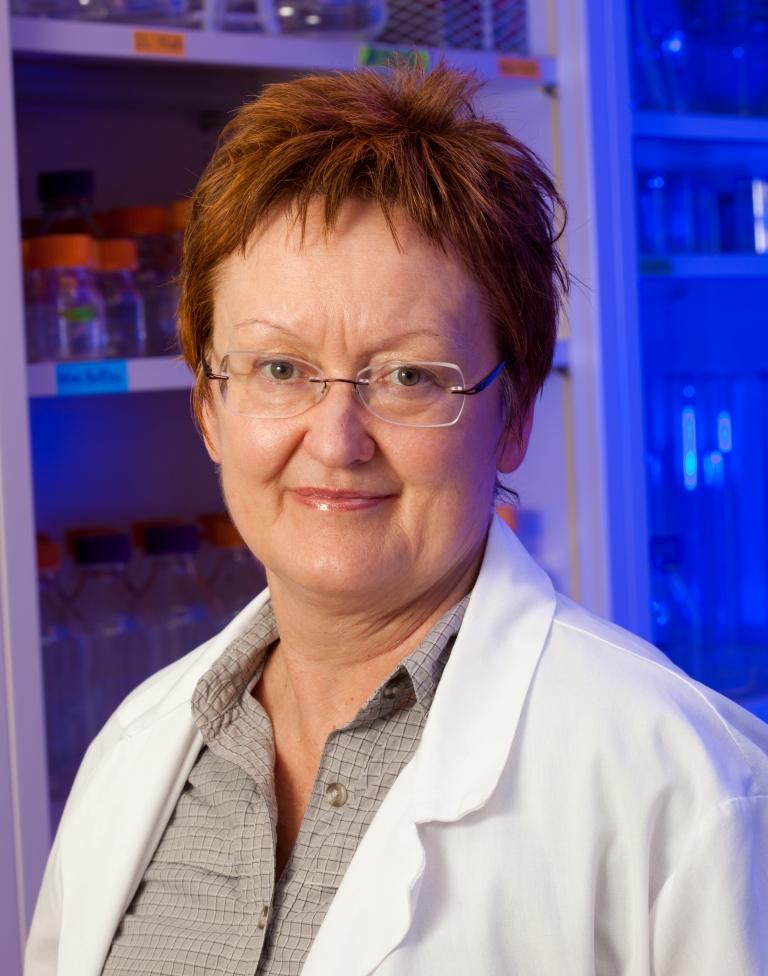ACCSS Research Finds New Ways to Increase Cervical Cancer Screening Among Indigenous Women
by Graham Strong
 Dr. Ingeborg Zehbe
Dr. Ingeborg ZehbeWhy are cervical cancer rates so high among First Nations women?
We are starting to get a better understanding thanks to Thunder Bay Regional Research Institute – Lakehead University Research Chair Dr. Ingeborg Zehbe. She and a research team of over a dozen other healthcare professionals completed a study investigating the reasons behind these high cervical cancer rates and trying to find ways to overcome those challenges. The “Anishinaabek Cervical Cancer Screening Study (ACCSS) Community Update Report 2015” relates that, despite a dramatic drop in cervical cancer across Canada, rates among Canada’s First Nations women are 2 to 20 times higher than the national average.
“There are a number of structural barriers to care for Indigenous Peoples in Northwestern Ontario,” Dr. Zehbe said. Barriers to healthcare in general are well known and include geographical, cultural, and language barriers, though the details are not well understood.
In the case of cervical cancer screening, the study found that the cultural barrier plays a large part. “First Nations women avoid Pap tests due to its invasive nature,” Dr. Zehbe said. “We had to be aware of their strong sense of privacy – we had to find a way to provide screening that would be comfortable to them.”
As part of the research project, Dr. Zehbe offered women a swab kit and instructions for self-sampling. Once completed, the swab is sealed in its container and sent to the lab for testing.
The results so far are promising. The study found that participants were twice as likely to agree to screening if offered the self-sampling kit instead of a standard Pap test.
However, less than 25% of those women offered screening during the study accepted. Lack of appropriate health education was found to be the biggest reason why First Nations women avoid cervical cancer screening. Education sessions including the Wool Felt Project, in which women made felt balls meant to represent the HPV virus, make women aware of the importance of screening and how it helps reduce the risk of cervical cancer.
This study also underlines the importance of our Research Institute enabling research – including clinical research – strategic to the Thunder Bay Regional Health Sciences Centre. This type of research, which involved 10 regional First Nations, would have been much less likely to happen without our support and expertise. The lessons learned may also help lay the groundwork for overcoming barriers to improve other areas of Indigenous health in Northwestern Ontario – and perhaps across Canada.
You can find the complete study here.